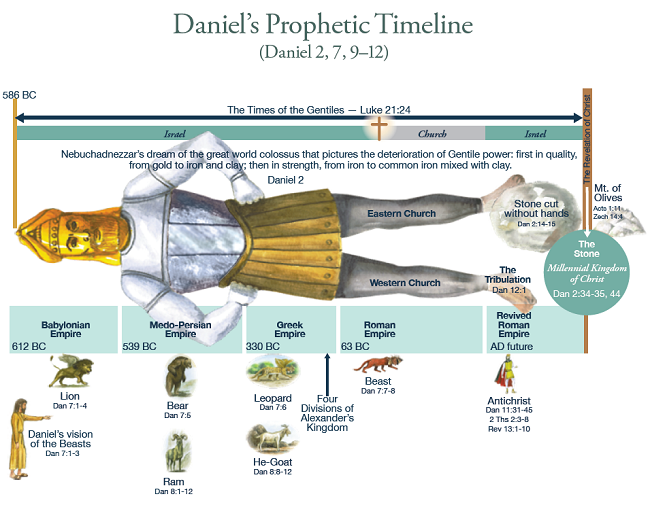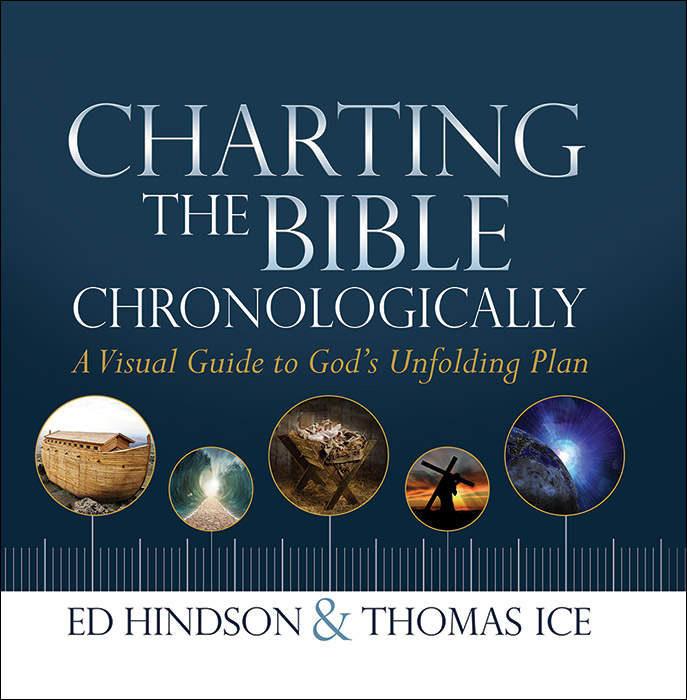
Sign Up for Updates
Connect
TOPICS
- Latest Blog
- Fiction
- Inspirational/Devotional
- Men's Christian Living
- Prophecy
- Women's Christian Living
- View All
ARCHIVES
Do You Know How to Interpret the Four Kingdoms of Daniel?
Posted on Aug 01, 2019 Topic : Men's Christian Living, Prophecy, Women's Christian Living

Daniel is the fountainhead out of which springs the major themes of Bible prophecy. It is impossible to understand prophecy and biblical chronology without looking to the book of Daniel.
Daniel chapters 2 and 7 provide a panoramic overview of four Gentile kingdoms that would play important roles in world history. Daniel 2 presents these kingdoms from a Gentile perspective, while Daniel 7 presents them from God’s perspective, which explains why the kingdoms are characterized as beasts. When man’s fallen sinful nature is not restrained, especially when placed in a position of rule over other people, then it manifests itself as having the characteristics of a wild animal that is out of control.
In Daniel 2:29-35, we read about a dream Nebuchadnezzar had, in which he saw a large statue of a man whose body parts were comprised of different metals. The head was of gold, the chest area and arms were of silver, the hips and thighs were made of bronze, the legs were made of iron, and the feet were comprised of part iron and part baked clay.
In verses 36-45, Daniel explained the meaning of this dream to Nebuchadnezzar. He pointed out that history would be dominated by four powerful Gentile kingdoms that would rule the world until they were destroyed by the fifth and final kingdom, God’s kingdom involving national Israel. This period of Gentile domination, which started with the rise of Babylon in 612 BC, is called “the times of the Gentiles” (Luke 21:24).
Here are some specifics about the four kingdoms of Daniel:
- Babylon (612–539 BC)—represented by the head of gold (2:32) and a lion having the wings of an eagle (7:4)
- Medo-Persia (539–331 BC)—represented by the upper body of silver (2:32) and a bear (7:5)
- Greece (331–63 BC)—represented by the belly and thighs made of bronze (2:32) and a leopard with four wings and four heads (7:6)
- Rome (63 BC–AD 476; the Tribulation)—the first phase of this kingdom is represented by legs of iron (2:33) and an unspecified beast with iron teeth and bronze claws (7:7); the final phase is described as feet and toes that are a mixture of iron and clay (2:41-43), as well as ten horns or ten kings and “another” (7:24-25)
The first three kingdoms and the first phase of the fourth kingdom are all past. What still remains future is the second phase of the fourth kingdom, or the revived Roman Empire. Daniel 7 speaks of the rise of a ten-horned phase of the fourth kingdom, which represents the Antichrist’s kingdom during the Tribulation (7:20-28).
Daniel 9:24-27 is one of the most chronologically important passages in the Bible. The prophecy in this passage predicts the very day when the Messiah would ride into Jerusalem on a donkey in an event known as “the Triumphal Entry” (Luke 19:41-44). With this appearance, Christ fulfilled the first 69 weeks of years, or 483 years (Daniel 9:26), in this prophecy. The final week of years, or 7 years, will be fulfilled with the arrival of the Tribulation (Daniel 9:27).

Read more in Charting the Bible Chronologically by Ed Hindson and Thomas Ice

